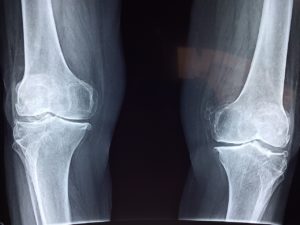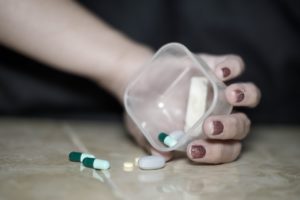Punctures and Cellulitis [Show Notes]

Puncture Wound
A wound that is deep but a small point of entry (i.e. nail). This allows the bacteria to get stuck inside. Thus it won’t always bleed cuz the opening is too small for it to make it out. So if the blood can’t get out, then antibiotic ointments can’t get in.
Signs of Infection
- Swelling
- Redness
- Pain
- Warm
- “Lumpy” or “Dimpled”
- Oozing
- “Running” or “crawling” veins
Lockjaw anyone? Tetanus is an opportunistic infection that gets into the body from dirty objects and then causes muscle rigidity (among other things). It is very easy to prevent with a booster shot.
Cellulitis is not the same as cellulite, but does affect the same layer of the skin! It’s an infection caused by the normal bacteria that live on your skin. As long as it’s on your skin – cool, we’re friends. If it gets in your skin – that’s trouble. Staph or strep – friends on the outside, enemies on the inside. Requires oral antibiotics, and sometimes, even IV antibiotics.
Necrotizing fasciitis – bacterial infection gets so deep into the skin layers that it starts eating away the dermis and muscles below it.
Risks for Cellulitis
- surgical sites
- cuts and abrasions
- puncture wounds!!!!
- skin ulcers (from prosthetics, wheelchairs, or being bedridden)
- spider and insect bites (bugs aren’t sterile, plus toxins – ick!)
- cracked dry skin
- hangnails
- athlete’s foot (skin changes, including cracking)
Takeaway
Puncture wounds should not be treated at home – especially if you were stuck by something dirty.
Connect with me
Support us on Patreon
*NEW* Join the Pharmacist Answers Podcast Community on Facebook
Subscribe: iTunes, Stitcher, GooglePlay, TuneIn Radio
Music Credits: “Radio Martini” Kevin MacLeod (incompetech.com) Licensed under Creative Commons: By Attribution 3.0 http://creativecommons.org/licenses/by/3.0/
“Fluffing a Duck” Kevin MacLeod (incompetech.com) Licensed under Creative Commons: By Attribution 3.0 http://creativecommons.org/licenses/by/3.0/



